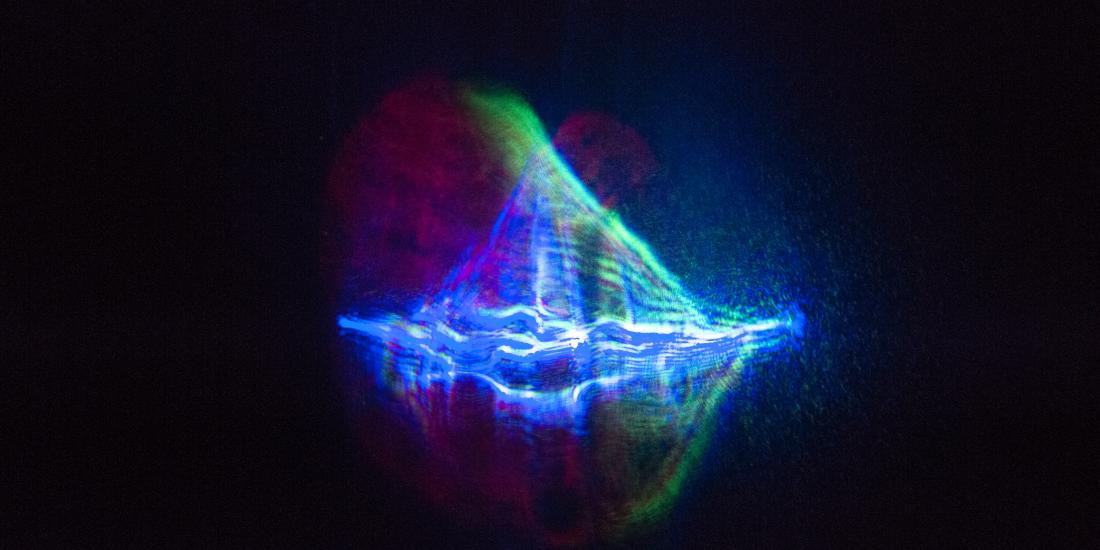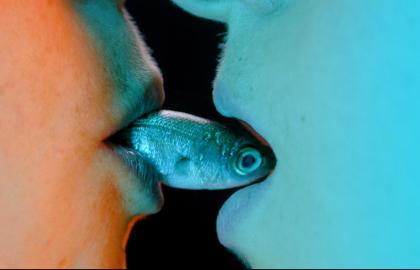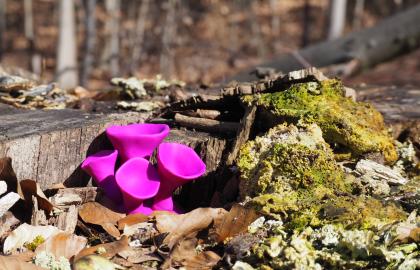In late 2020, the European Commission launched a remarkable new initiative. With the New European Bauhaus, it is aiming to give the transition to a more sustainable, inclusive, and aesthetic living environment and society an extra push. The nod to the Bauhaus art, architecture, and design project from the time of the German Weimar Republic is evident.
The first Bauhaus was a response to the great trauma of World War I. Artists, designers and scientists wanted to put that behind them by demolishing barriers between disciplines and by joining forces. They wanted to do away with unbridled individualism, which had asserted itself on a geopolitical scale in the run-up to WWI in the form of nationalism.
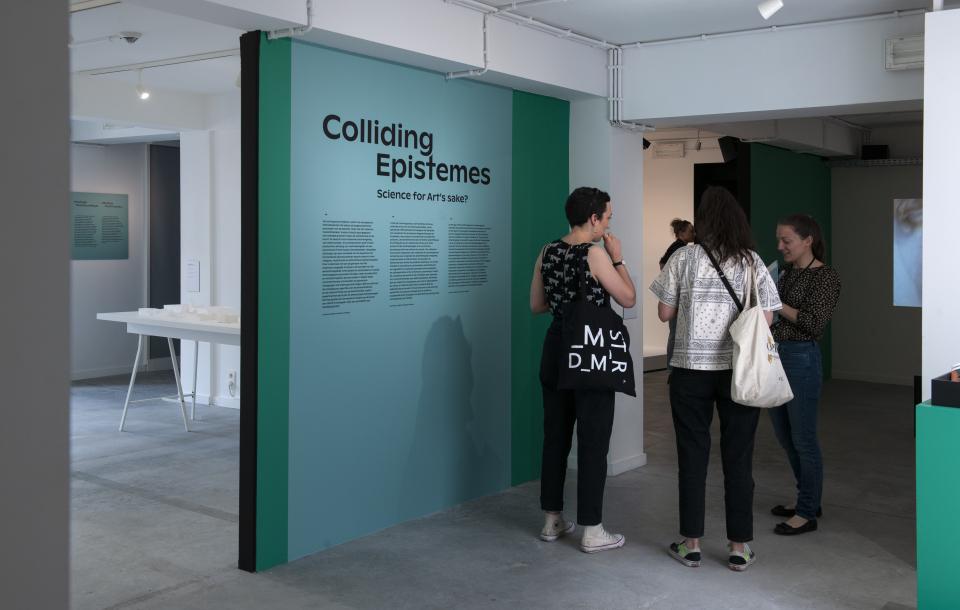
This resonates with today, as we are also experiencing a crisis that is thoroughly shaking up society. The collective is gaining more importance again. It is the same in the arts too. As with the rise of modernism a century ago, Bozar is now undertaking a similar exercise with, among others, Studiotopia: how can it truly become an arts centre of the 21st century?
By breaking down barriers again and focusing even more on connection and dialogue. This should be explicitly not only within the art world, but also outside it. How do contemporary artists view the transition to a sustainable economy and society, as envisioned by the European Commission's ambitious Green Deal? And how can they even contribute to, yes, that better world – which is not only more sustainable but also more equitable, healthier, and more beautiful? The utopian connotation of Studiotopia should be clear.

Great expectations are placed upon science for the achievement of the Green Deal. Something that already binds the artist and the scientist is creativity. In both, it sparks new, original ideas that are potentially ground-breaking. But whereas in artists these ideas are often at the heart of a fruitful creative process, they too often end up on the periphery in day-to-day scientific practice. Although researchers today are encouraged more than ever to think inter- and multi-disciplinary and out-of-the-box, they spend most of their scarce working and free time in a tight straitjacket.
What if that creativity in the mind of the scientist does get every chance to unfold, though? And also: what if an artist is given the same freedom after being fully immersed in science? In short, what if two creative minds from very different worlds met and spent nearly two years as equal sparring partners sparking off each other's imaginations? The result can be seen in Studiotopia's artworks, all of which are the fruit of matches between artists and scientists. “What scientists and artists have in common is that they each explore the world, albeit in their own way and with their own language and means, whether real like those of nature and the universe, or imaginary,” says Sophie Lauwers, CEO of Bozar. “Creativity plays a very important role in this. What struck us in this project was that scientists in particular are often still too unaware of this. Some participants found their own creative potential to be underused.”
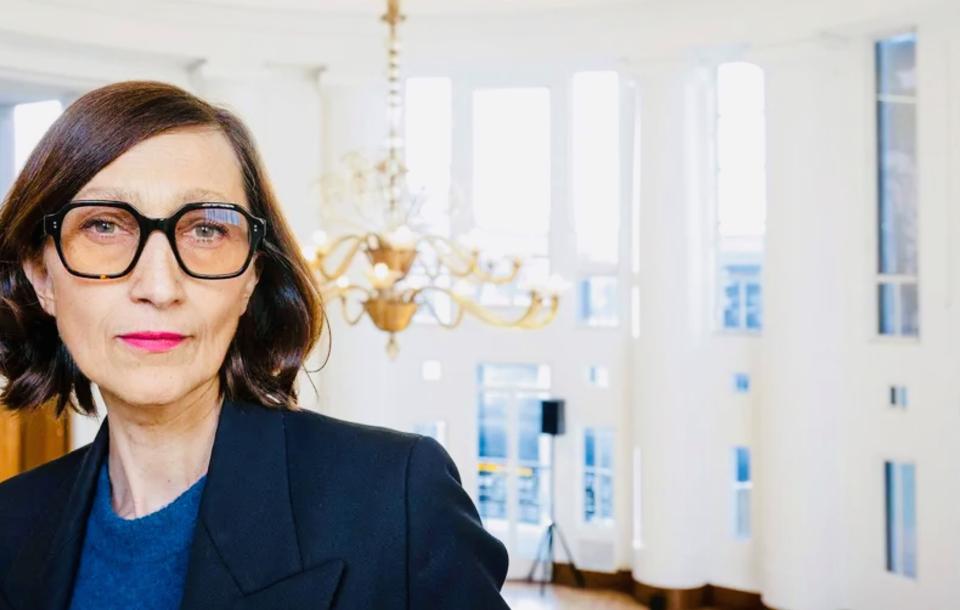
Studiotopia aimed to bring artists and scientists together and have them engage in spontaneous and open-minded conversation. There was no hierarchy to this either. It led to fruitful cross-pollination in two directions. Lauwers: “With the knowledge and experience of the scientist, the artists can feed their reflection on tricky but socially relevant themes such as disease, environmental pollution and global warming. This gives them new creative inspiration and energy. But meeting and collaborating with the artist also overturns the usual perspective of the scientist.”
This was what happened to Jean-Christophe Marine, cancer researcher at KU Leuven and the Flemish Institute for Biotechnology (VIB). At the suggestion of artist Sandra Lorenzi, he went to see patients – whom a fundamental researcher like Marine rarely sees – to talk to them about their pathogenic tumour cells. It persuaded him to talk much more often to “the people behind the research”, and especially to listen to them more.
The Taiwanese artist Kuang-Yi Ku was in turn inspired in the lab of Ghent biologist Sofie Goormachtig to call the soybean plants being studied there “migrants” – just like himself – and to start working with them. “These kinds of ideas inspire and generate ethical discussion. It's really fascinating to see how that discussion can change course under the influence of an outsider,” says Sofie Bekaert, who, in addition to communications at the VIB, also coordinates the VIB Grand Challenges Program. “In the Grand Challenges Program, we work the other way round. Instead of starting from internal developments, we try to identify and meet existing needs in society – in specific sections of it, for example – in a very multidisciplinary way. From that philosophy, Studiotopia was a very exciting test case for narratives on the social impact of scientific research.” The VIB (home base for both Jean-Christophe Marine and Sofie Goormachtig) was Bozar's scientific partner in the project.
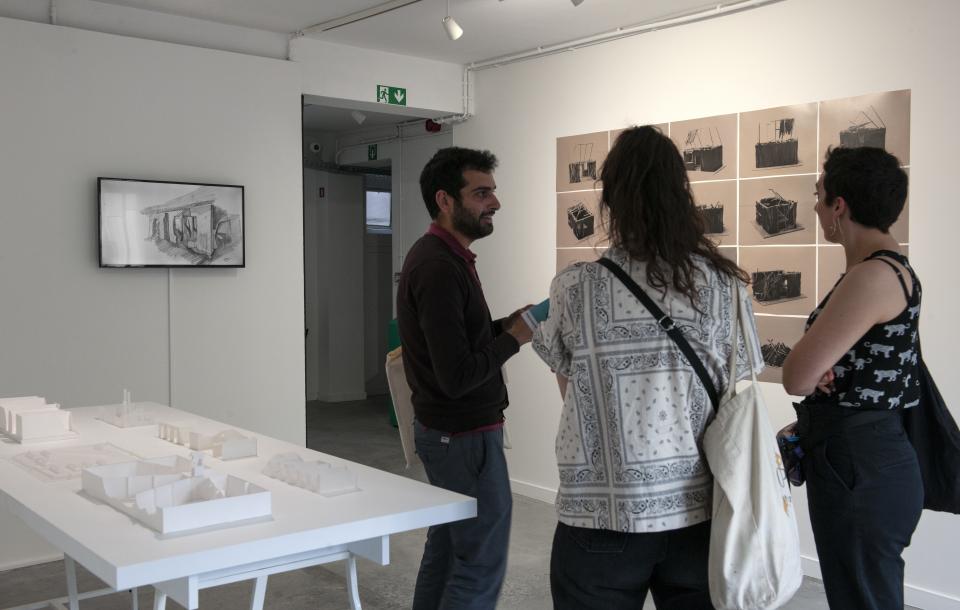
But Studiotopia was about so much more than just outreach for scientific research.
Lauwers: “We stand for the fine arts. Marketing science is not our job or the job of the artists who participated in the project. However, from their position as creative outsiders, they can help ‘humanise’ complex scientific research.” The fact that the participating artists enjoyed complete artistic freedom also means that the research that inspired them is not always immediately recognisable in their final creations.
Sofie Bekaert found the process that led to those artworks particularly interesting. “The residency program allows scientists as well as artists to dive into the unknown. There, they are confronted with an unseen form of interdisciplinarity between two very different worlds.” The dialogue with artists took the VIB scientists out of their comfort zone. “This regularly led to unexpected reactions. But along with those, the seeds were sown for our scientists to look at their own research from an entirely new perspective.” Bekaert assures. For the artists, too, the interactions with the scientists worked innovatively and stimulated their creativity. Lauwers: “This interaction increases the visibility of contemporary art with a scientific slant and also strengthens the dialogue with stakeholders and, of course, with the wider public.”
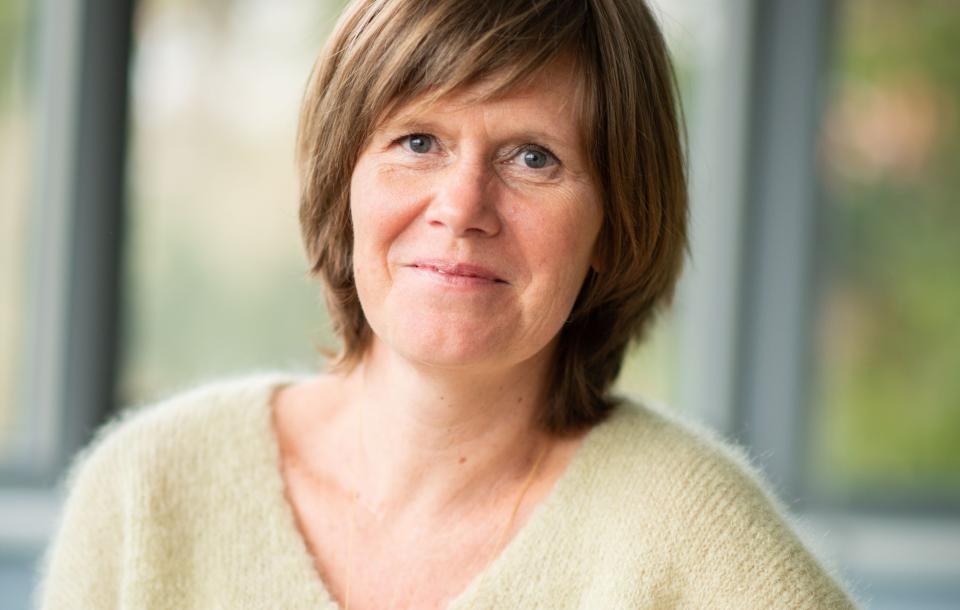
Yes, art and science can indeed learn something from each other. In whatever way the match takes place, through an outstretched hand or a change of perspective, it encourages both worlds to keep coming up with innovative ideas and to develop these further. As such, artists and scientists are helping to fortify society for the great challenges of the near future. By joining forces, they are bringing a better future closer. And by supporting these pluridisciplinary dynamics, cultural institutions become committed actors of the 21st century.
Extract from the Studiotopia Final Publication to be published in May 2022. STUDIOTOPIA is co-funded by the Creative Europe programme of the European Union.
More info on the VIB (Vlaams Instituut voor Biotechnologie) and its VIB Grand Challenges Program on https://vib.be/grand-challenges-program
